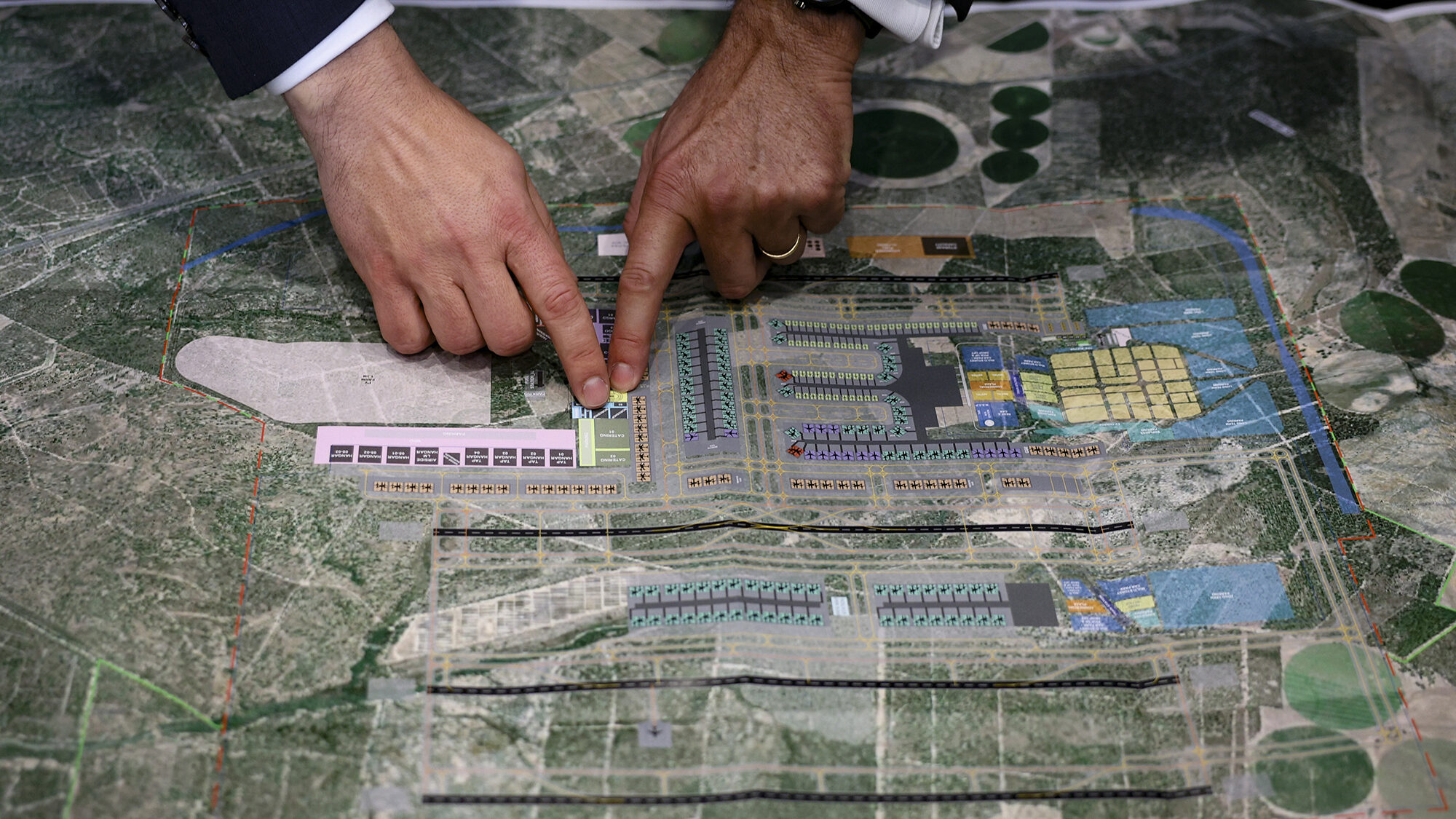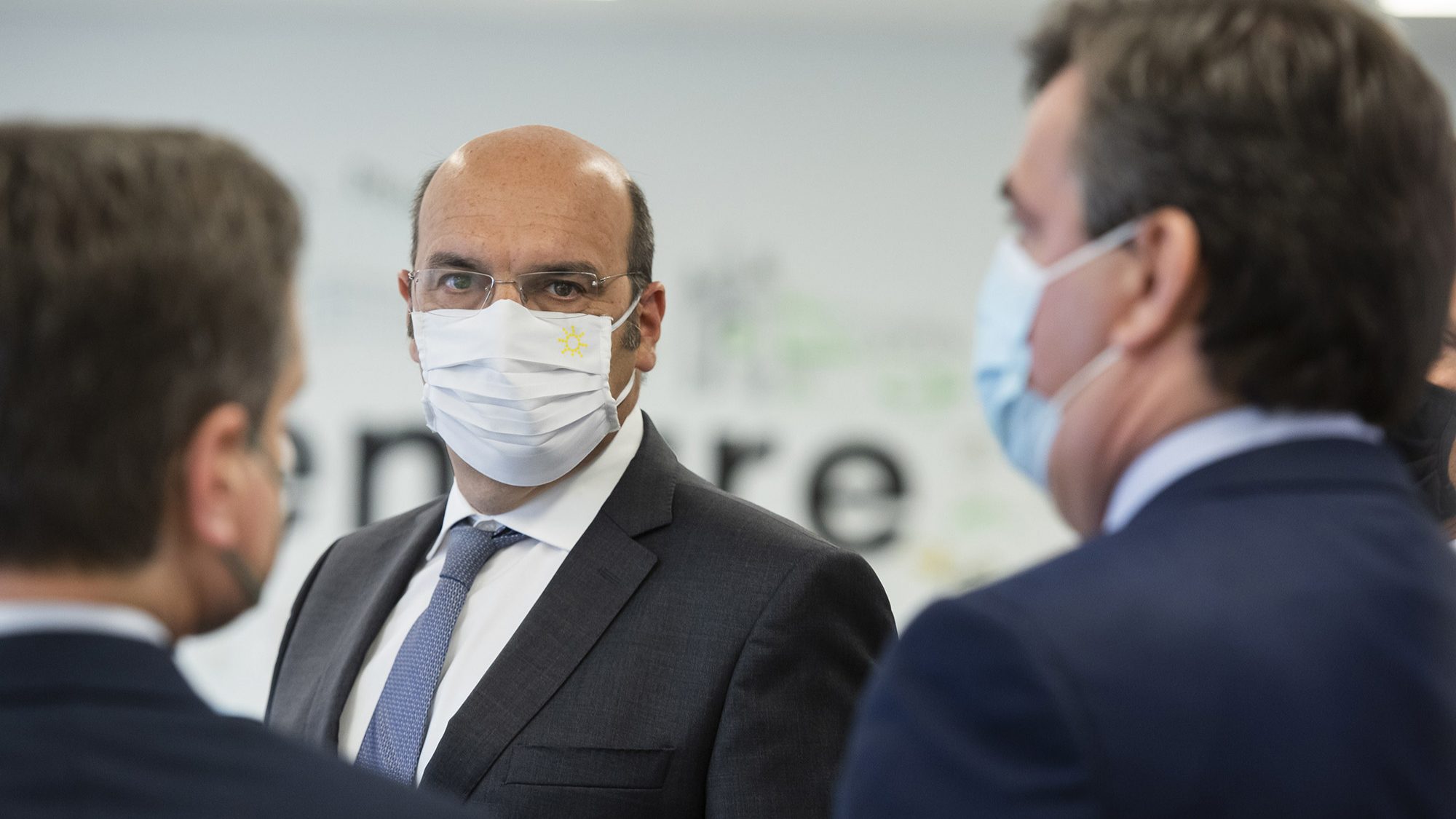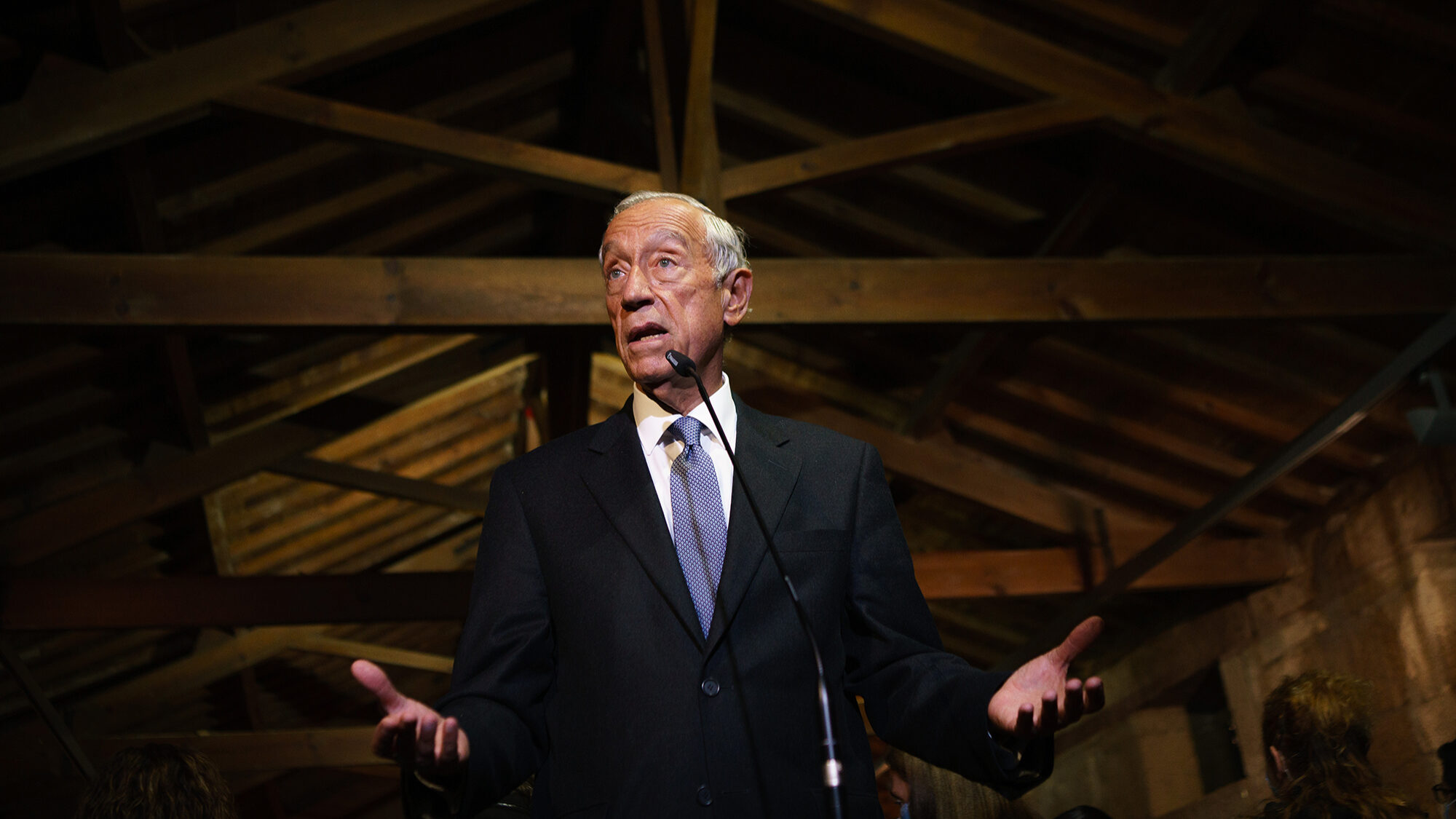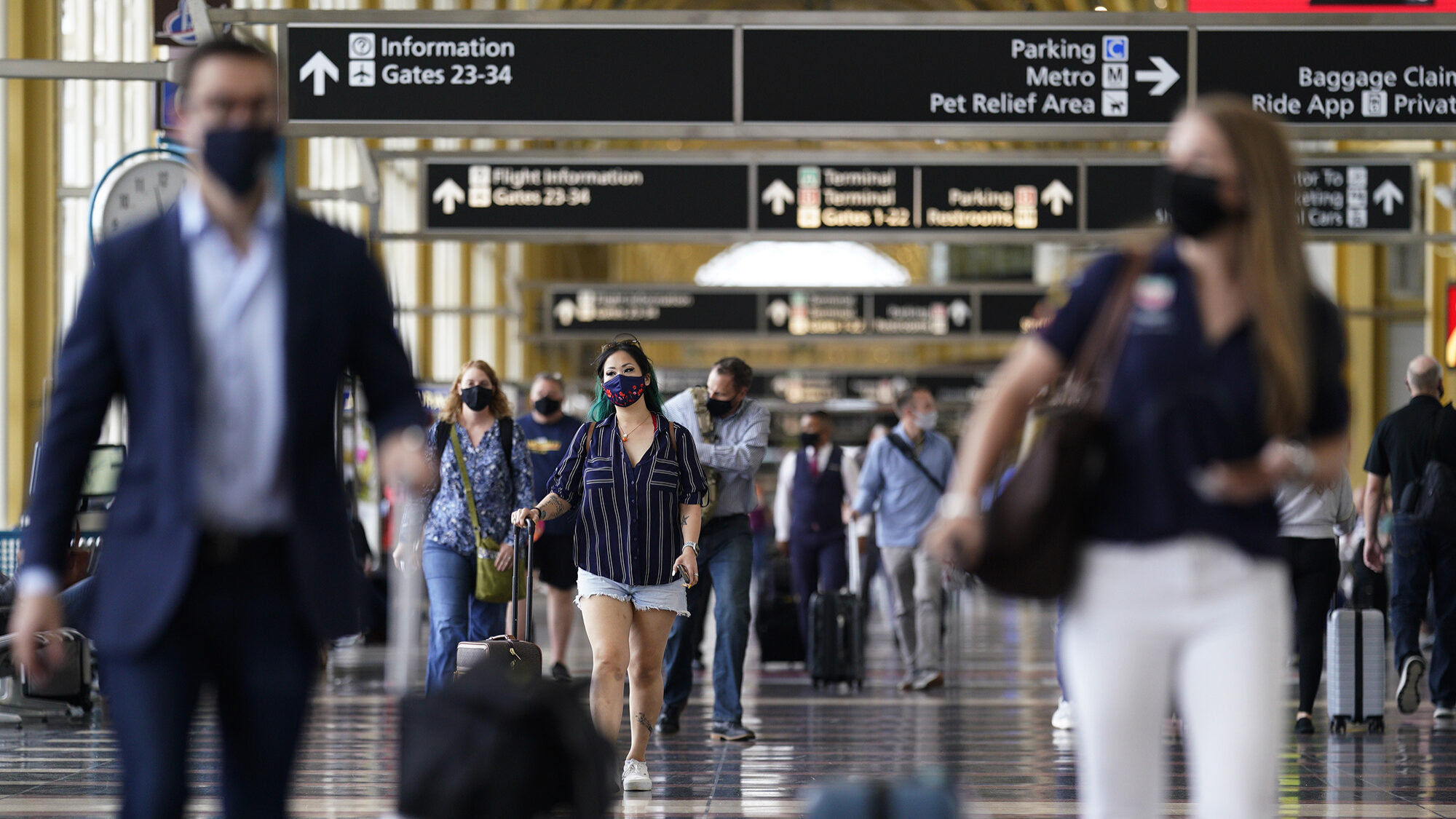ANA to submit proposal for new Lisbon airport “at lower cost”
The concessionaire will propose changes to the minimum specifications set out in the concession contract, after consulting 45 organisations. Reducing the cost will allow for a smaller increase.
ANA is going to propose to the government that the minimum specifications for the construction of Lisbon’s new airport, at the Alcochete Shooting Range, should be altered in order to bring them closer to current aviation needs and lower the cost of building the infrastructure. The proposal will be part of the Consultation Report, in which 45 organisations were heard, and which will be delivered to the government next week.
“We’re going to present a more realistic proposal, adapted to current needs and at a lower cost”, the concessionaire’s CEO, Thierry Ligonnière, told ECO. Reducing the cost will also make it possible to charge “lower airport taxes”, compared to the significant increase estimated by the company in January, which prompted strong criticism from the airlines and doubts from the government. However, he didn’t want to say what the new cost of the work would be, because the document has not yet been submitted to the Executive.
ANA’s CEO gives as an example of the proposed changes the length of the initial two runways provided for in the concession contract. “You don’t need two 4,000 metre runways. You don’t need to size the whole airport to receive Airbus A380s”, he says. The Initial Report submitted in January by the concessionaire states that “an available landing distance of 3,000 metres or less should be sufficient for all landings”.
Thierry Ligonnière also points out that the new airport will have to respond to the “different visions of the aeronautical product”, which are very different between low-cost and premium airlines. While the former want passengers to board directly via the runway to save time and money, the latter favour telescopic bridges. “We have to reconcile the different visions into an airport solution that can provide an integrated and optimised response to these needs”, stresses ANA’s CEO. “The areas and overall size” of the terminal were also mentioned in the Initial Report as aspects to be reviewed.
In recent months, ANA launched a consultation process with stakeholders in the future Luís de Camões airport, as provided for in the concession contract. 104 entities were questioned, from a list agreed with the government, of which 45 responded. The main airlines operating at Lisbon airport were consulted, including those interested in TAP, ground handling companies, various city councils, the National Civil Aviation Authority and NAV, among others.
The summary of the opinions gathered will form part of the Consultation Report, which ANA will deliver to the government by 17 July. In the document, the concessionaire will also present proposals to amend Annex 16 of the concession contract, signed in 2016, which defines the minimum characteristics of the new Lisbon airport.
“We’re going to present a proposal to amend Annex 16 of the concession contract. The government may or may not agree to the amendment. If it does, we’ll include it in the preliminary study and the process will continue”, says Thierry Ligonnière.
A change to the increase in airport charges or the concession period will also depend on whether the Executive accepts the changes to the minimum specifications.
When it gave ANA the green light to go ahead with the bid to build the new airport at the Alcochete Shooting Range on 17 January, the government indicated that in discussions with the concessionaire it would “seek to reduce the total cost of the project”, and was willing to discuss “adjustments to the airport’s specifications”. It also intended to “review and discuss the financial model, particularly with regard to the assumptions for changing airport charges, the extension of the concession and risk sharing”.
The proposal formulated in ANA’s Initial Report, delivered to the Executive on 17 December, provides for the construction of two runways, with the possibility of future expansion to four. The central scenario estimated a cost of 8.5 billion euros, financed through a substantial increase in airport taxes and the extension of the concession period for a further 30 years, until 2092. The timetable submitted puts the completion date at 2037.
Once the government has given the green light to the proposal for the airport’s technical specifications, ANA will proceed to prepare the preliminary study for the new infrastructure, which will serve as the basis for the Environmental Impact Assessment. The concessionaire has three years to prepare the application dossier (until January 2028), a deadline that the Executive has already said it intends to shorten.
Thierry Ligonnière says that teams from the head office, specialised consultants and teams in Portugal are working on the project. “This is a strategic project for Vinci and requires the mobilisation of the group’s best skills”, he says.




